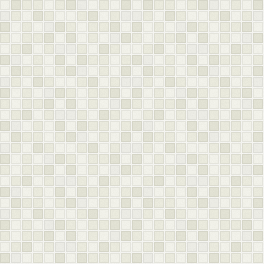|
|
| Block PC 
This concept is pretty good, but I'm not great at expressing my ideas, so be patient with me.Picture a PC that's simply a cube. It will perhaps be worth $500-$700 and it will have the most basic functions as a PC, just enough RAM and graphic capacity to enable smooth web browsing functionality. Why is it so expensive then? It's going to be super adaptable. Hear me out.On all four sides and on top it will have some sort of connection mechanism (it could be a cartridge slot or an invisible magnetic interface). Now, companies can manufacture modules (for aesthetics, it can be a rectangular prism the same width and length of the cube) which interact with these interfaces. The modules can have extra memory, more RAM, a graphics card, a sound card, a DVD reader, various software, etc. and all these modules have their own price range. you simply buy these modules and attach them to your block PC to upgrade it. You can have up to 6 attachments which function TOGETHER. That being said, it is also possible to sell extension units to enable you to theoretically have infinite attachments if you needed it, therefore this block PC can be anything from a cheap basic computer to a supercomputer.For example, you buy the block PC first, after a while you want to play a game that was just released. You go to a store which will sell you a 'gaming module' - which includes the necessary RAM, Graphics card and other hardware to enable you to play top end games - for like $500-1000. You buy it and place it on top of your block PC and it magnetically seals (you could make a button that releases it) then it reprograms itself to use the new hardware and it turns into a gaming PC. If you need more power you can buy another gaming module, instead of needing to update your old module, you use both modules and you get twice the ram, etc.Furthermore, because the modules don't need too much hardware (because the block PC will have the motherboard, power supply etc.), you can trade and borrow it like a video game.The best part is, maybe in the future, the modules and the box PC can also interact with other devices like phones and TVs, so you can use specific software on other devices or hardware to boost them.I am no tech wiz, but I'm pretty sure today's technology is sufficient to create this. This has so much potential, that even I can't fully visualize it. Hopefully this idea helps you out. Good Luck!Reward: All I did was seed the idea, you deserve the credit for making it real. However, if possible I want some credit for inspiring you to create the device. If not public credit, could I have one of the first ever block PCs signed by you and maybe the other people involved in the creation of the product so I can brag about it to friends and family? 
There are 11 replies to this idea
|
|
|
|
|
|
|
| Semi portable Notebook 
Hi, here in Argentina, good laptop computers are uncommonly expensive and impossible to buy. My concept is simple. Make this technology accessible to a large number of people by removing all the expensive parts from the notebook.For example: the screen. No I’m not joking. So, the tiny screen cost a lot? Remove it. I would gladly use any TV screen as a replacement. Like playstation. I know is not as mobile as one regular notebook, an it doesn’t look as good, but is better than pc. I could move it from place to place, take it to other places, other houses, everybody has TV. All I want is a powerful processor and a decent hdd. It could have a wireless keyboard or one long retractable tv cable.Sorry for the lousy English, I think is a great idea anyway. Reward: Nothing 
There are 6 replies to this idea
|
|
|
|
|





